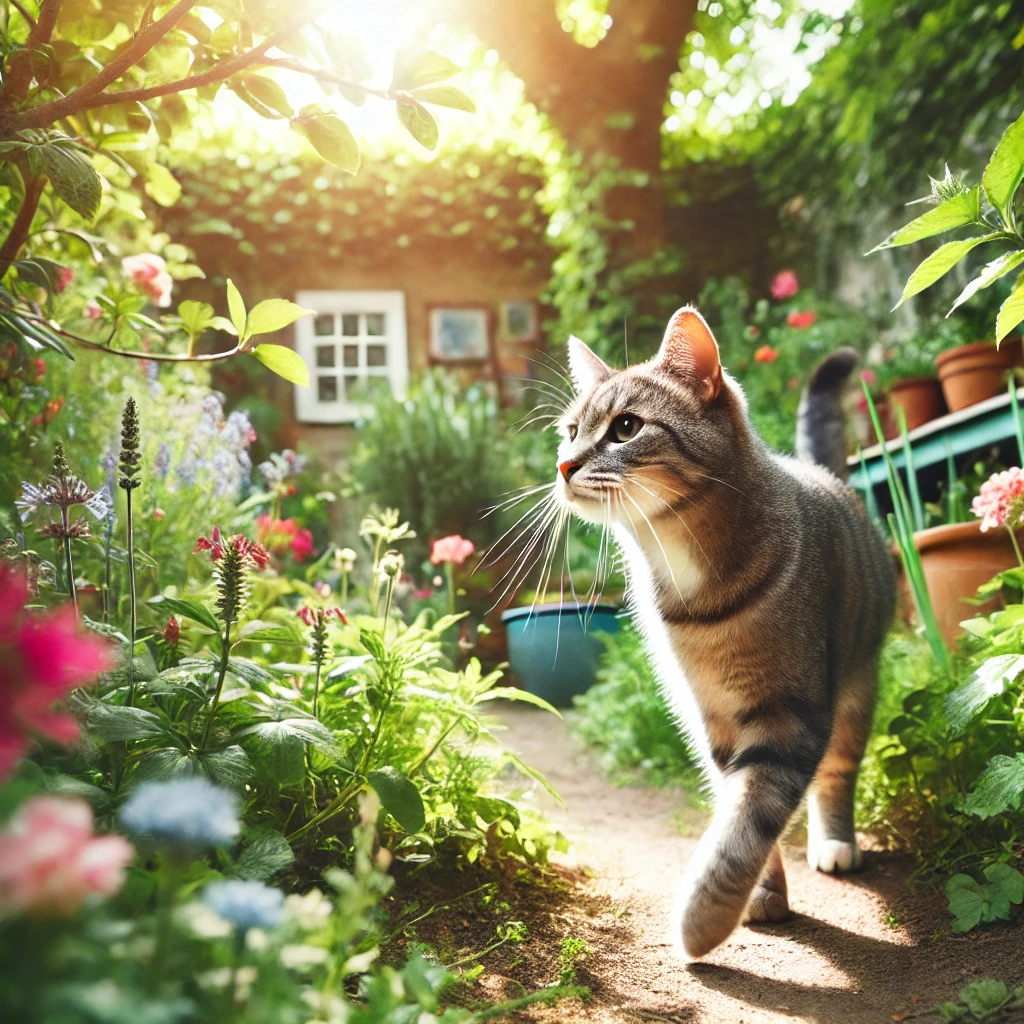Introduction to Grooming Tips for Your Dog to keep it clean and happy
Our Grooming Tips for Keeping Your Pet Clean and Happy is suitable researched guideline made only for your Dog betterment. Regular grooming is essential to keep your dog clean, healthy and comfortable. Grooming not only helps maintain your dog’s appearance, but also plays a key role in his overall well-being. From brushing and bathing to nail trimming and ear cleaning, every aspect of grooming contributes to your dog’s health and happiness. In this guide, we’ll cover basic dog grooming tips and techniques to keep your dog looking and feeling his best.
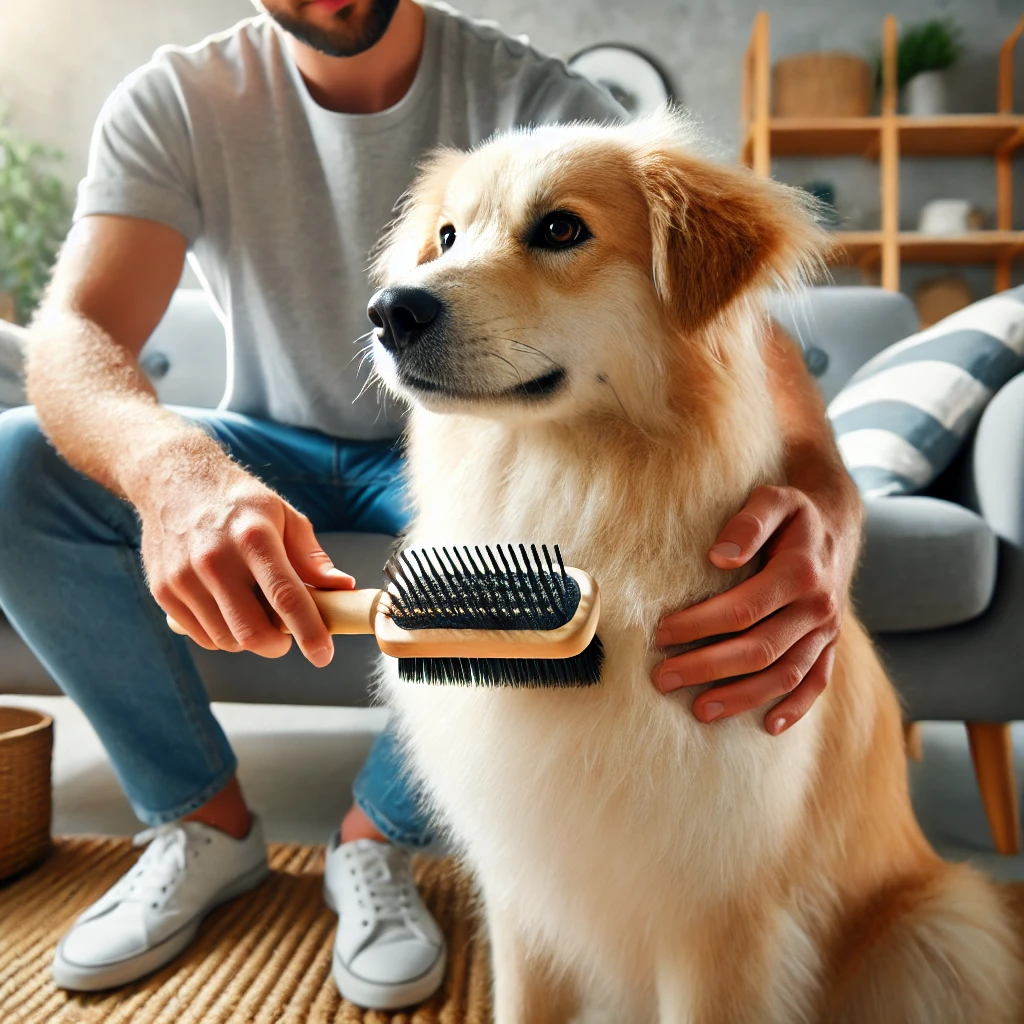
Grooming Tips for Dog Brushing:
- Why Brushing is Important: Brushing removes loose hair, dirt, and debris from your dog’s coat, prevents matting, and distributes natural oils that keep the skin and coat healthy. It also reduces shedding and helps detect potential skin problems early.
- How Often to Brush: Brushing frequency depends on your dog’s breed and coat type:
- Short-Haired Dogs: Breeds like beagles and boxers generally need brushing once a week to remove loose hair and keep their coats shiny.
- Medium-Haired Dogs: Breeds such as Golden Retrievers and Australian Shepherds benefit from brushing 2-3 times a week to prevent tangles and tangling.
- Long-Haired Dogs: Breeds such as Shih Tzus and collies may require daily brushing to keep their coat free of mats and tangles.
- Choosing the Right Brush: Different types of fur require different brushes:
- Slicker Brushes: Best for removing mats and tangles in medium to long haired dogs.
- Bristle Brushes: Ideal for short-haired breeds to remove loose fur and distribute natural oils.
- Pin Brushes: Good for dogs with longer coats to detangle and smooth the coat.
- De-shedding Tools: Useful for double-coated dogs to remove undercoat during shedding season.
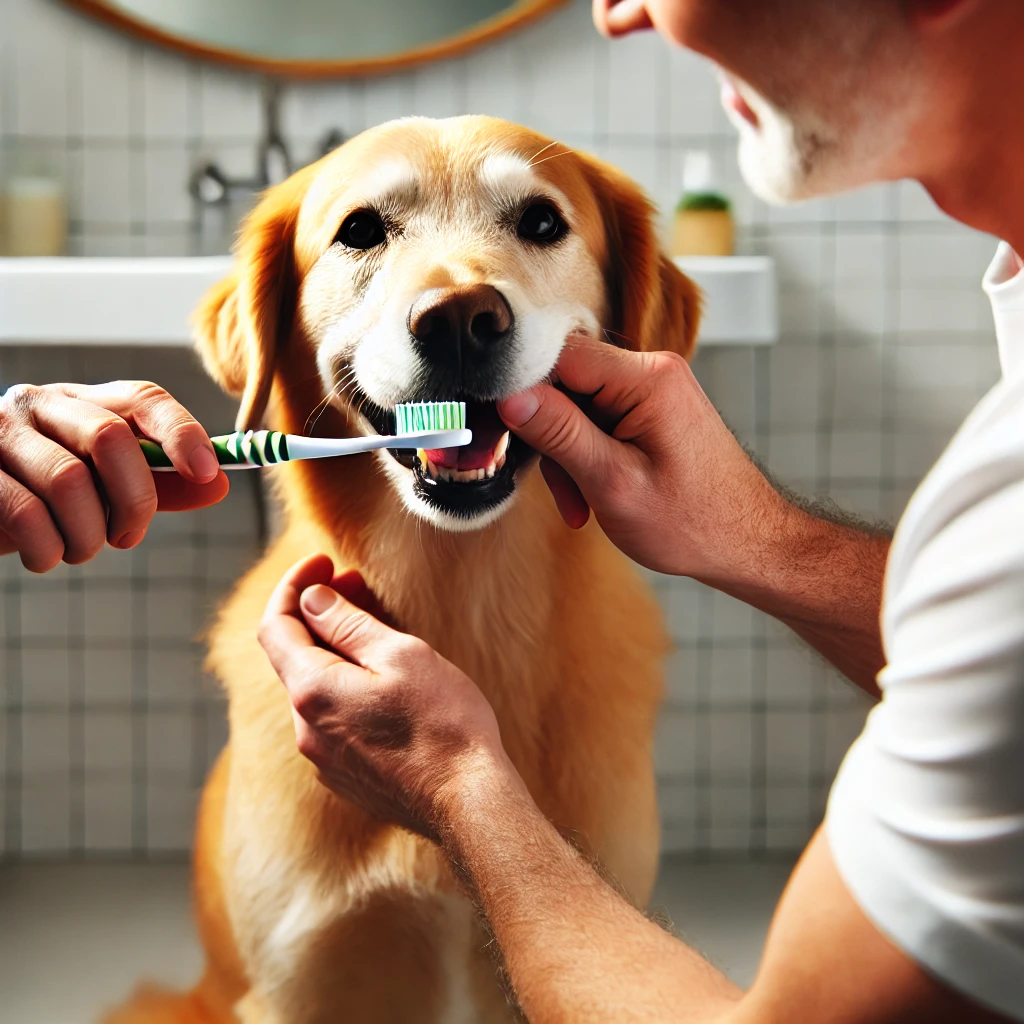
Bathing (Keeping Your Pet Clean and Happy):
- When to Bathe Your Dog: Dogs generally don’t need frequent baths—typically once every 1-3 months, depending on their lifestyle and coat type. Over-bathing can strip the skin of natural oils, leading to Bathing process:
- Preparation: Before bathing the dog, brush to remove loose fur and mats. Place a non-slip mat in the tub to keep your dog calm.
- Water temperature: Use lukewarm water as too hot or cold water can be uncomfortable for your dog.
- Shampoo application: Wet the dog thoroughly, apply the shampoo and lather well, focusing on the coat and avoiding the eyes and ears. Rinse thoroughly to remove all shampoo residue.
- Drying: Towel dry the dog and if necessary use a hair dryer on a low setting to dry the coat. Make sure you keep the dryer at a safe distance so you don’t burn your skin. dryness and irritation.
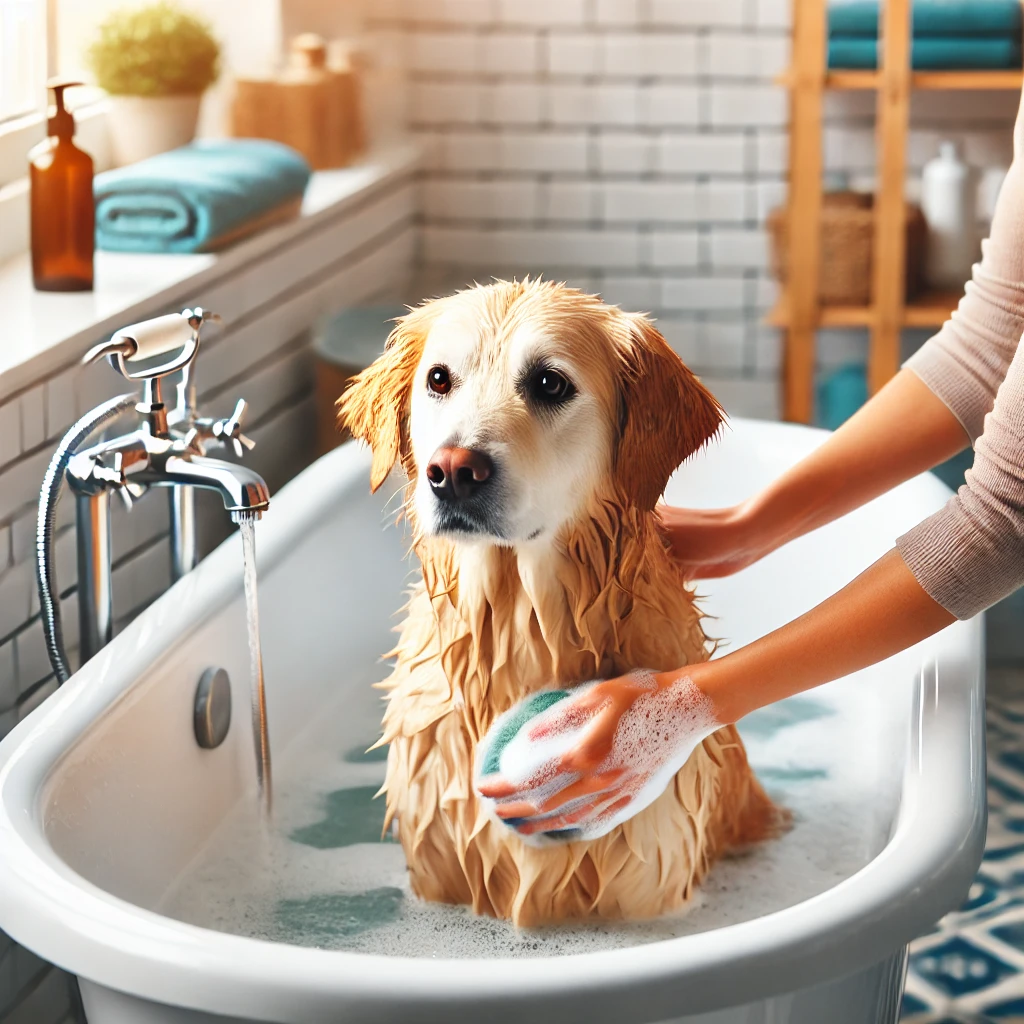
Nail Trimming:
- Why nail trimming is important: Regular nail trimming prevents ingrown nails that can cause discomfort, pain and even lead to injury or infection.
- How often to trim: Most dogs need their nails trimmed every 3-4 weeks, but this can vary depending on their activity level and how much they wear their nails naturally.
- Tools Needed: Use dog nail clippers or a nail grinder to trim. Avoid using human nail clippers as they may not be strong enough and could split the nails.
- Trimming process:
- Preparation: Before you begin, make sure your dog is calm and comfortable. Keep styptic powder handy in case you accidentally cut the quick (the sensitive part inside the nail).
- Trimming: Hold your dog’s paw firmly and trim only a small part of the nail at a time. Avoid cutting too close to the cube, which looks like a pinkish area inside the nail. If your dog has dark nails and you can’t see quickly, trim them a little at a time to avoid over-clipping.
- Praise and reward: Praise and treat your dog after grooming to create a positive association with the process.
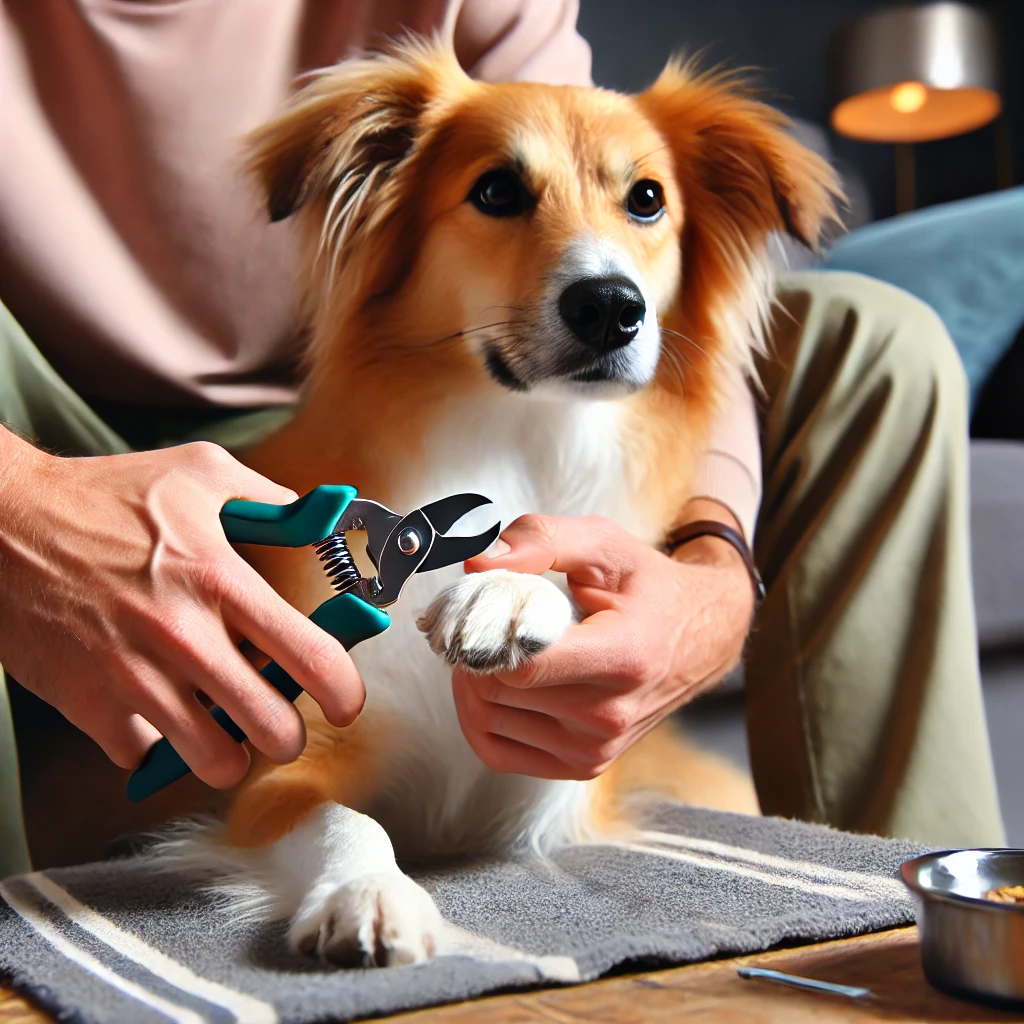
Ear Cleaning:
- Keeping Your Pet Cleaning Process:
- Why ear cleaning is important: Regular ear cleaning helps prevent ear infections, which can be common in dogs with droopy ears or dogs that swim a lot.
- How often to clean: Check your dog’s ears weekly and clean them as needed. Dogs with floppy ears, such as cocker spaniels and basset hounds, may need more frequent cleaning.
- Cleaning processhttps://www.jerrygreendogs.org.uk/dog-advice/grooming-tips/?gad_source=1&gclid=CjwKCAjwufq2BhAmEiwAnZqw8gIs0A8dn1QBzuZp053ZZCCyCUGq9WZtukTxzbwen3dOL1zXbh6LkRoCq2IQAvD_BwE:
- Preparation: Use a veterinarian-recommended ear cleaning solution and cotton swabs. Avoid using cotton swabs as they can push debris further into the ear canal.
- Cleaning: Gently lift your dog’s ear and place a few drops of the cleaning solution into the ear canal. Massage the base of the ear to loosen the dirt, then use a cotton swab to wipe away the solution and dirt. Repeat on the other ear.
- Check for problems: When cleaning, look for signs of infection, such as redness, swelling, or an unpleasant odor. If you notice any of these, consult your veterinarian.
Teeth Brushing:
- Why brushing is important: Regular brushing helps prevent plaque, tartar and gum disease, contributing to your dog’s overall health.
- How often to brush: Aim to brush your dog’s teeth at least 2-3 times a week, although daily brushing is ideal.
- Tools needed: Use a toothbrush and dog paste. Human toothpaste is not safe for dogs because it contains ingredients that can be harmful if ingested.
- Brushing process:
- Preparation: Introduce your dog to the taste of toothpaste by letting him lick a small amount off your finger.
- Brushing: Gently lift your dog’s lips and brush his teeth in a circular motion, focusing on the gum line. Start with short sessions and gradually increase the time as your dog becomes more comfortable.
- Reward: Always reward your dog with praise or a treat after brushing to encourage cooperation.
Grooming Different Breeds:
- Short-Haired Breeds: Breeds such as boxers, bulldogs and beagles require minimal grooming. Regular brushing with a bristle brush and occasional baths are usually sufficient.
- Long-Haired Breeds: Breeds such as Shih Tzus, Lhasa Apsos, and Afghan Hounds need daily brushing to prevent mats and tangles. Regular grooming and bathing are also essential to keep their coat manageable.
- Double-Coated Breeds: Breeds such as Huskies, Golden Retrievers, and German Shepherds have double coats that require regular brushing, especially during the shedding season. De-shedding tools can help manage their thick undercoat.
- Curly-Coated Breeds: Breeds like the Poodle and Bichon need frequent brushing and trimming to maintain their curly coats. Regular professional grooming may be necessary to keep their coat in good condition.
Conclusion:
Regular grooming is an important part of responsible dog ownership. Not only will it keep your dog looking his best, but it also plays a significant role in his overall health and well-being. By following these grooming tips and tailoring them to your dog’s specific needs, you can ensure your pet stays clean, healthy and happy. Remember that grooming is also a great opportunity to bond with your dog, making the experience enjoyable for both of you.
